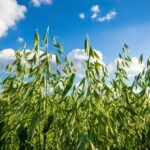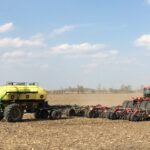Crop production in Ontario is technology driven
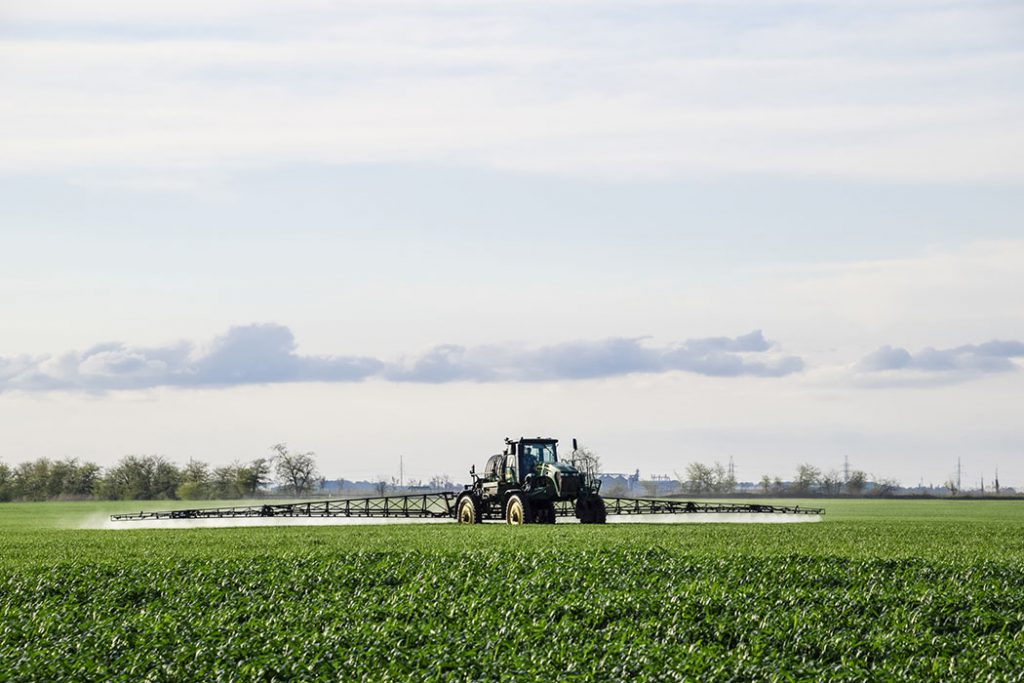
Blog post written by Caitlin Kroetsch, Communications Coordinator Co-op student in her 4th year of Food and Agriculture Business at the University of Guelph.
I have been involved in the agriculture industry for four years now. I have become quite a bit of an “agriculture nerd”, in that I want to learn everything about agriculture, from the ground up. Being that I am not originally from an agriculture background, you can imagine there is quite a lot to learn and let me tell you… there is!
The agriculture industry as a whole is more complex than I previously could have ever imagined. I have learned many new and interesting things about the agriculture industry during these past four years; from how milk is produced and how many different parlour styles there are (learn more about how cows are milked on Dairy Farmers of Ontario’s website), to the many things a farmer must consider when determining which crop inputs to use. However, one of the most surprising things that I have learned through my many experiences over these past years is the key role that technology plays when it comes to food production throughout grain farms in Ontario.
Growing up in a setting that was detached from agriculture, I believed that crop production was relatively low-tech… boy was I wrong! I have found that grain production in Ontario is high tech and the technology is constantly advancing and evolving. High tech crop production practices can be seen in the way seeds are planted, how crops are sprayed, in the technology that can be found in a tractor, and everything in between.
For example, during spring planting, farmers use high tech seeders that can detect the seeding depth (how deep the seed is planted into the ground), how far apart the seeds are within rows, and how far apart the rows are. The farmer adjusts the settings on the seeder to adjust the seeding depth, the seed spacing and row widths but apart from that, the seeder does the rest. Technologies such as these save a farmer time and money in the long run as it helps to keep input costs down. It allows farmers to grow our grains more efficiently and optimize planting practices by ensuring they aren’t wasting seeds or putting too few in the ground. Efficiency practices such as this that use technology can help keep food costs down in the grocery store. Learn more about food affordability here.
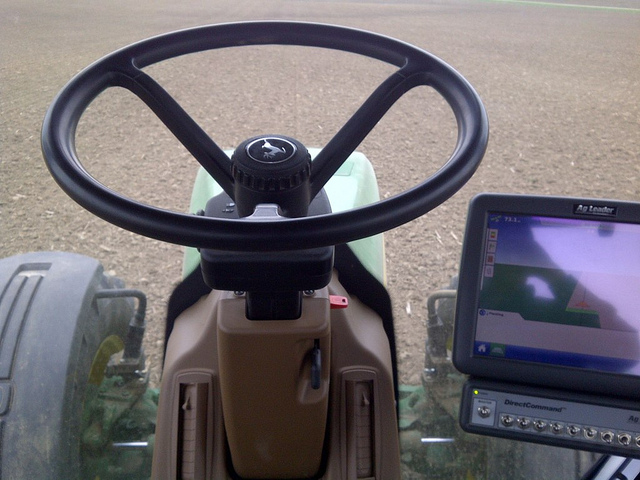
Farmers will also use a lot of technology to take care of the growing grains. When farmers choose to spray pesticides such as herbicides, insecticides, and fungicides to protect the plants, they use technology to help them make these decisions. They also use technology to ensure the safe application of these pesticides. New technologies including the use of drone mapping help to identify areas of the field that are looking sick or unhealthy. This digital map is then transferred to the tractor and the sprayer. When a farmer takes their sprayer into the field to control the issue that is causing the sick or unhealthy planted area, the sprayer will automatically turn on and off in different sections of the field. This allows the farmers to only apply what is needed, exactly where it is needed throughout the field. Crop sensors can also track what products would be needed and how much may be needed to successful grow healthy grains. These methods, called variable rate application (using variable rate technology), helps to avoid over-spraying pesticides.
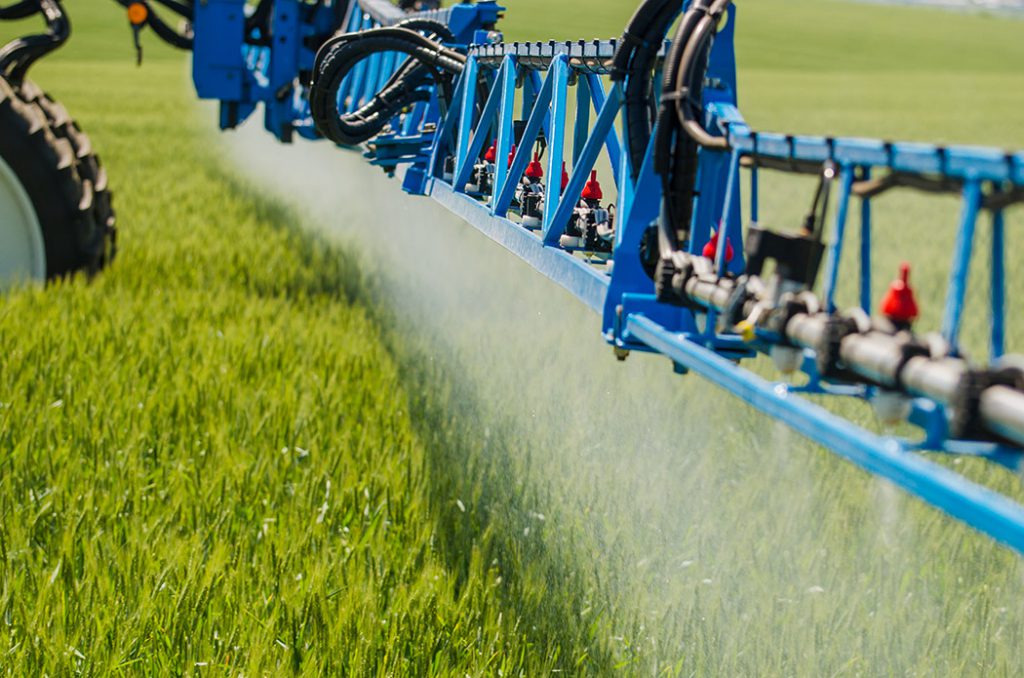
Tractors are equipped with many more cutting-edge technologies than I could have previously imagined. Not only do tractors have the capability to perform variable rate applications, as previously mentioned, but tractors are also equipped with GPS navigation. Through the use of GPS, the tractor can essentially be put into auto-steer or self-driving mode and will drive up and down rows automatically to ensure the rows are straight when planting and that pre-existing rows are not damaged when applying products.
Modern technology on a grain farm is beneficial to help our farmers grow their grains efficiently, safely, and sustainably.
There is a lot more technology involved in crop production than what I have mentioned here. The agriculture industry is a complex industry that is ever evolving to meet society’s changing food demands and I hope to learn as much as I can about this fascinating industry.

